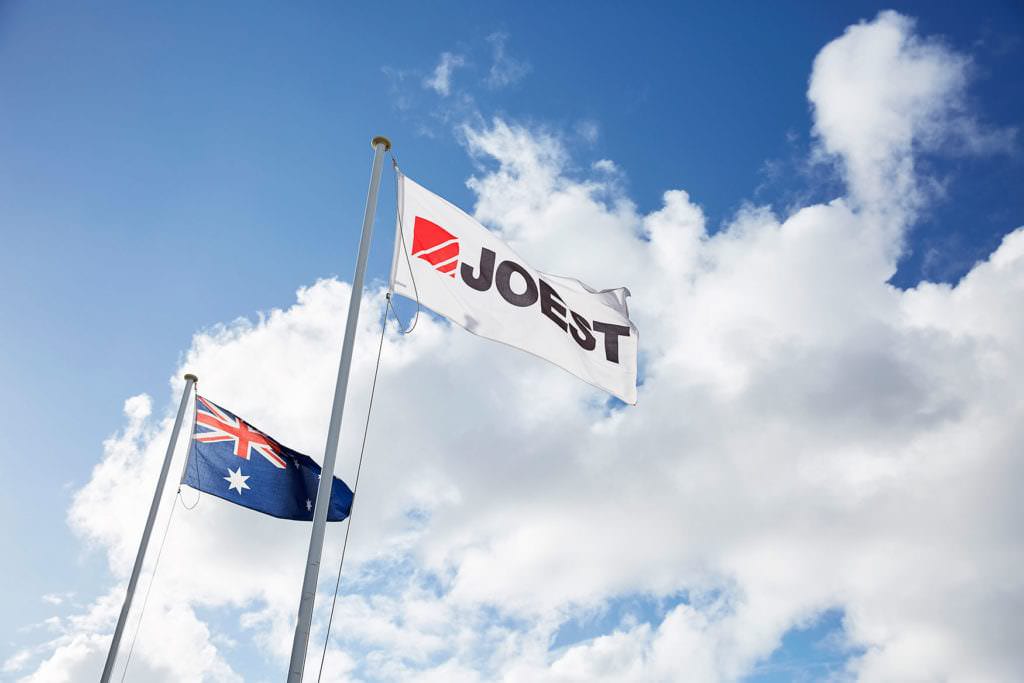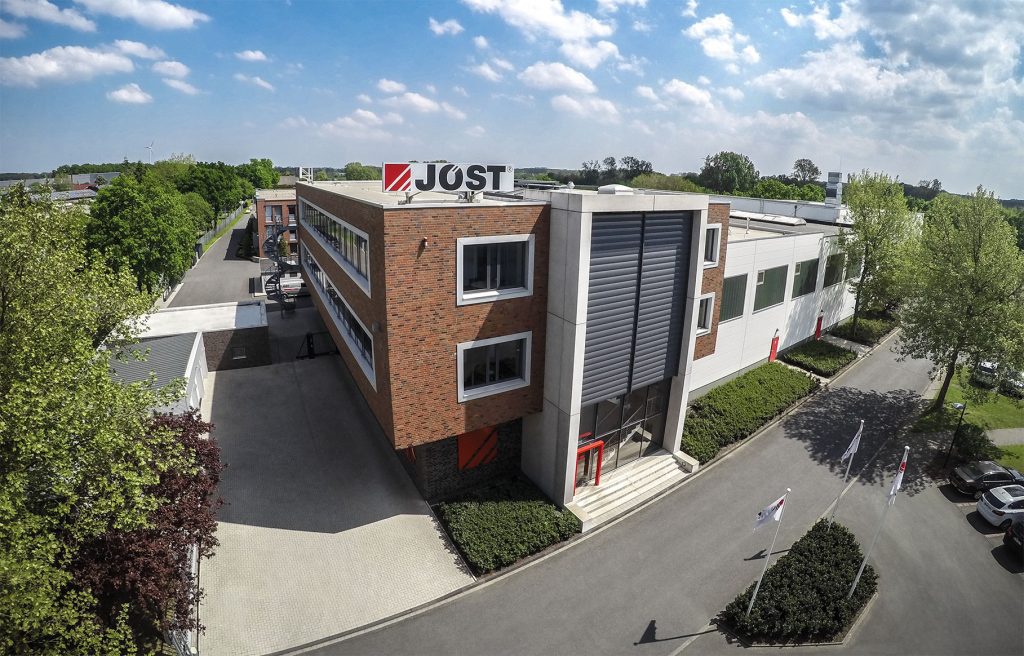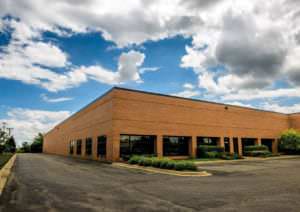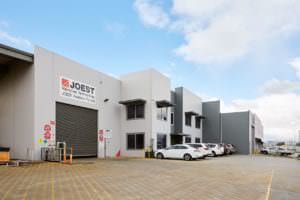HEADQUARTER
A truely integrated company

One Team working seamlessly to provide consistent solutions around the world
What are the signs of a truly integrated company working together on a global scale? Is it regular and open communications? Shared design standards? Common goals and methods to achieve them? One physical sign is the ability of a company to quickly and efficiently design and manufacture similar equipment anywhere in the world. To be able to keep the fundamentals of a proven design while slightly adapting it, if necessary, to local standards and desires. By leveraging local manufacturing to reduce shipping costs and maintaining a lowered carbon footprint. Well that is exactly what JOEST showed when supplying a hopper feeder to a gold mining operation in North Carolina USA
that was currently being used in Australia.
Some may call this mass customization. JOEST calls it good engineering practice and customer service.
It starts with creating a customer base that appreciates the need for repeating proven designs around the world. While every engineering-based company likes to reinvent the wheel, that is not always necessary and/or in the best interest of the customer. Repeat designs mean common spares, reduced training needs and known performance. But an exactly identical machine may not meet local standards and adds shipping costs. In comes JOEST and its global network of design and manufacturing centers. As opposed to other company’s sales-only offices, each local JOEST design and manufacturing center is deeply imbedded into understanding local preferences, design standards and practices through hands-on involvement. This allows each local office to take an existing design and only modify it in so much as necessary
to meet these local needs.
A good example of this is replicating a hopper feeder originally designed and built in Australia for use at a gold operation in North Carolina. It started with a request made to JOEST Australia that is now JOEST’s center of excellence for mining equipment and processes. They researched the best and most efficient means to do this. That involved talking with JOEST US and discussing both the specific application needs as well as the details of the equipment’s design approach to meeting them.
After consultation it was decided that JOEST US will build the feeder using JOEST Australia’s original design but make minor adjustment to meet local codes and site needs. This proved to be the most cost-effective solution for the customer and the most efficient production method by JOEST. The end result is a win-win situation for everyone. A solution with proven performance meeting local needs by a company capable of doing it cost effectively throughout the world – JOEST.



Weitere Beiträge
As part of the JOEST group, MOGENSEN has been a trusted provider of high-performance screening and sorting technologies for many years. The new website now showcases this expertise more clearly and with a modern touch.
On International Women’s Day, we celebrated the great women in our company who have made a significant contribution every day with their commitment, expertise and passion. Their efforts have been a driving force behind our success and an inspiration to us all.
JOEST South Africa was commissioned to manufacture and supply replacement vibrating feeders for a critical power generation facility. The new units are designed to replace equipment that had been in operation for over 20 years, ensuring the continued reliability and efficiency of the plant.
MOGENSEN joins China’s food security project as an official supplier, supporting the nation’s plans to strengthen domestic grain production capabilities. The appointment by COFCO, China’s largest state-owned agricultural company, includes the deployment of multiple precision screening systems for processing rice, wheat and soybeans, among other grains. This long-term initiative is in line with China’s new food security law, which went into effect on June 1, 2024.





